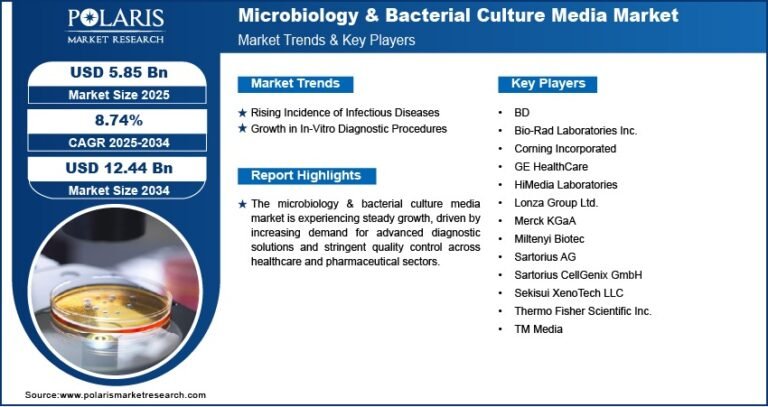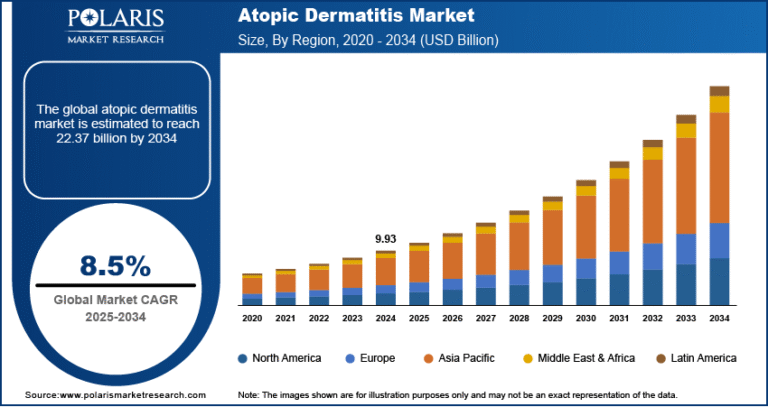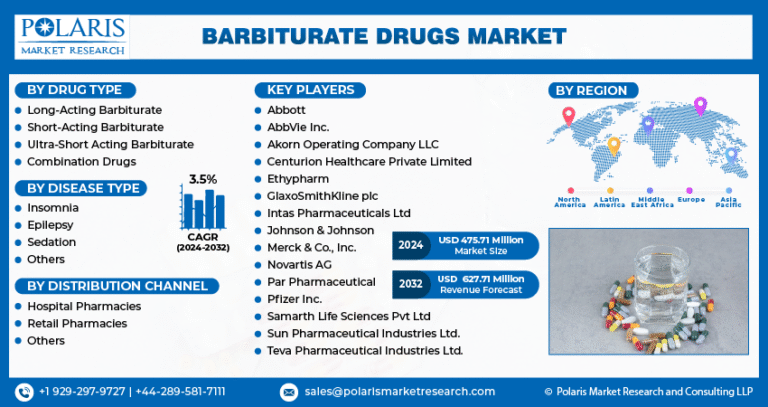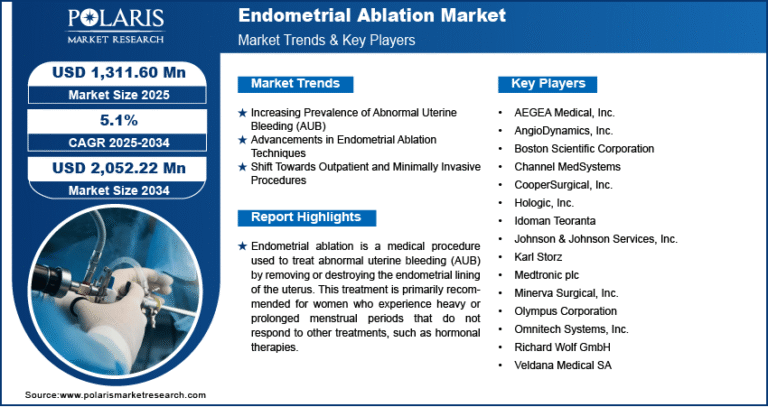Allergy Diagnostics and Therapeutics Market estimated to grow to USD 78.51 billion by 2034, at a CAGR of 8.5%.
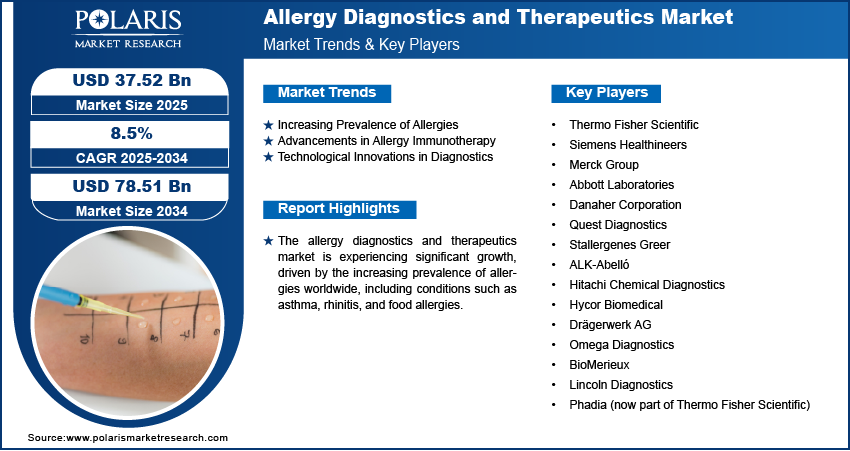
The allergy diagnostics and therapeutics market was valued at USD 34.64 billion in 2024 and is projected to grow from USD 37.52 billion in 2025 to USD 78.51 billion by 2034, reflecting a compound annual growth rate (CAGR) of 8.5% during the forecast period from 2025 to 2034.
Allergy Diagnostics and Therapeutics Market – Trends & Insights
- Rising Prevalence of Allergic Disorders Globally
Increasing cases of respiratory, food, skin, and drug allergies—especially in urban and industrialized regions—are fueling demand for accurate diagnostics and effective therapeutic interventions. - Technological Advancements in Diagnostic Solutions
Innovations such as component-resolved diagnostics, multiplex assays, and point-of-care testing are enhancing diagnostic accuracy and enabling early detection of complex allergies. - Shift Toward Personalized and Immunotherapy-Based Treatments
There is growing adoption of personalized allergy treatment regimens, including sublingual and subcutaneous immunotherapies (SLIT and SCIT), offering long-term relief and improved patient compliance. - Government Initiatives and Awareness Campaigns
Supportive public health initiatives and increased awareness about allergic diseases are encouraging routine screening, especially in pediatric and high-risk populations, contributing to market growth.
Market Size & Forecast
- Market Size Value (2025): USD 37.52 billion
- Revenue Forecast (2034): USD 78.51 billion
- CAGR (2025–2034): 8.5%
𝐆𝐞𝐭 𝐄𝐱𝐜𝐥𝐮𝐬𝐢𝐯𝐞 𝐒𝐚𝐦𝐩𝐥𝐞 𝐏𝐚𝐠𝐞𝐬 𝐨𝐟 𝐓𝐡𝐢𝐬 𝐑𝐞𝐩𝐨𝐫𝐭:
https://www.polarismarketresearch.com/industry-analysis/global-allergy-diagnostics-market/request-for-sample
Market Overview
The allergy diagnostics and therapeutics market is witnessing steady expansion, driven by increasing environmental pollution, changing lifestyles, and heightened exposure to allergens. Advances in biotechnology and immunology have paved the way for more precise and individualized testing methods, allowing for earlier and more accurate detection of allergic conditions. With rising health consciousness, more patients are opting for diagnostic tests to understand the root cause of their allergies, creating sustained demand across healthcare facilities.
On the therapeutic front, the market is benefiting from the growing interest in long-term disease-modifying treatments like immunotherapy. Additionally, pharmaceutical companies are investing heavily in research and development of novel allergy medications with improved efficacy and fewer side effects. As allergic diseases become a growing global health concern, this market is poised for strong innovation and wider accessibility over the coming decade.

